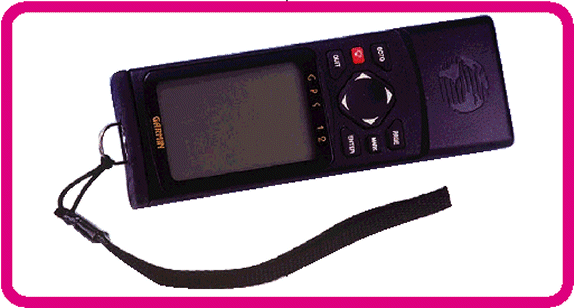 |
|
The global positioning
system is a satellite-based navigation system consisting of a
network of 24 orbiting satellites that are eleven thousand
nautical miles in space and in six different orbital paths. The
satellites are constantly moving, making two complete orbits
around the Earth in just under 24 hours (that’s about 1.8 miles
per second!). The GPS satellites are referred to as NAVSTAR
satellites. Of course, no GPS introduction would be complete
without learning a bit more about the satellites:
-
The first GPS satellite was launched in February, 1978.
-
Each satellite weighs approximately 900 kilos and is about 5
metres across with the solar panels extended
-
Each satellite transmits on three frequencies. Civilian GPS
uses the ‘L1’ frequency of 1575.42 MHz
-
Each satellite is expected to last approximately 10 years.
Replacements are constantly being built and launched into orbit.
The GPS programme is currently funded with replacements through
to 2006
|
|
|
Once distance measurements are added
from a few more satellites, your position can be triangulated.
This is exactly what a GPS receiver does. With a minimum of three
or more satellites, your GPS receiver can determine a
latitude/longitude position - a 2D position fix. With four or more
satellites, a GPS receiver can determine a 3D position which
includes latitude, longitude, and altitude. By continuously
updating your position, a GPS receiver can also accurately provide
speed and direction of travel (referred to as ‘ground speed’ and
‘ground track’).

Previously, the largest source of position error was Selective
Availability (SA). SA was an intentionally imposed degradation in
the accuracy of civilian GPS by the US Department of Defence. This
was in place because GPS was originally designed and built for
military applications and it was felt that without SA there would
be a threat to national security. Under SA, GPS accuracy could be
degraded to a maximum of 100 metres (328 feet). During this time,
errors of 30 metres or more were not unusual. However, on the 1st
May 2000, the President of the United States issued a statement
outlining his intention to discontinue the degradation of global
positioning system accuracy from midnight that night. |
|
 |
|
The orbital paths of these satellites
take them between roughly 60 degrees North and 60 degrees South
latitudes. This means that you can receive satellite signals
anywhere in the world, at any time. As you move closer to the
poles you will still pick up the GPS satellites, they just won’t
be directly overhead anymore. This may affect the satellite
geometry and accuracy, but only slightly. One of the biggest
benefits over previous land-based navigation systems is that GPS
works in all weather conditions.

Now, to determine your position, the GPS receiver compares the
time a signal was transmitted by a satellite with the time it was
received by the GPS receiver. The time difference tells the GPS
receiver how far away that particular satellite is. |
|
|
This means that civilian users of GPS
are now able to pinpoint locations up to ten times more accurately
than they previously could.
Unfortunately, there are still several issues which could prevent
you from achieving the best possible accuracy in your GPS
position. One of these is satellite geometry. In simple terms,
satellite geometry refers to where the satellites are located
relative to each other (from the perspective of the GPS receiver).
If a GPS receiver is locked onto four satellites which are all in
the sky to the north and west of the receiver, satellite geometry,
and therefore accuracy, is rather poor. In fact, the GPS receiver
may be unable to provide a position reading at all because all the
distance measurements are from the same general direction (i.e.
poor triangulation). With those same four satellites, if we spread
them out in all directions equally at approx. 90 degree intervals
(N, S, E, W), our position |
|
| |
|
| |
Next Page |
|
![]()